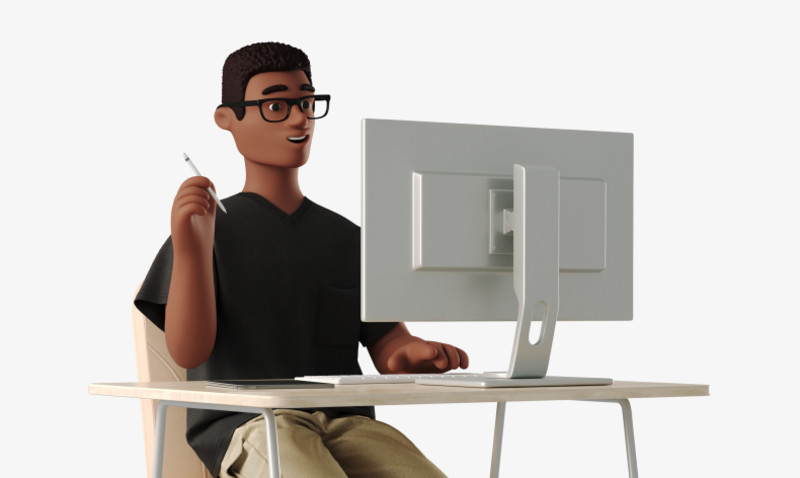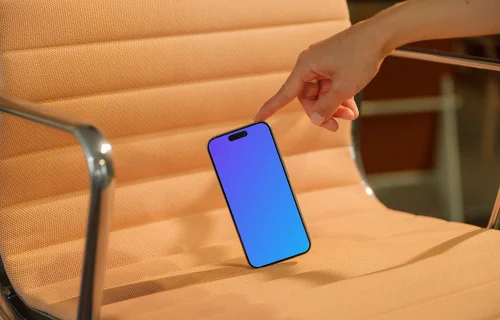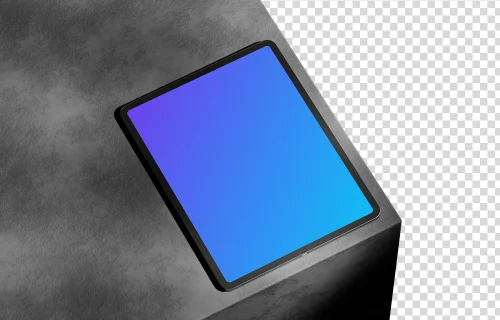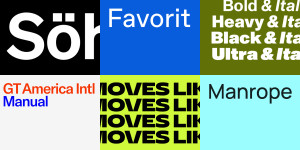Do you know the difference between a UX Researcher and a UX Designer? If not, you're not alone. There's been a lot of confusion in the design community about these two roles and what exactly they do. Let's break it down!
UX Researcher vs. UX Designer: What’s The Difference?
UX Researcher and UX Designer are both roles in the field of user experience design. Both are focused on creating a better user experience for your product or service, but they have different skill sets.
The UX Researcher’s main focus is to gather the information that will help inform what features are needed, how your product should be structured, as well as who you should target. In addition to conducting research, they can also perform analysis on customer feedback survey results and collaborate with stakeholders throughout the project lifecycle.
A UX Designer is focused on creating an interface that is easy to use, intuitive and enjoyable. They design wireframes and prototypes which can be shared with stakeholders to get feedback before bringing the product to life.
UX Researcher
UX Researcher is a research-focused role in the field of User Experience. They are responsible for understanding users and their needs, collecting qualitative and quantitative data about them, presenting their findings in a way that helps others understand user behaviors, and analyzing feedback to improve products.
Researches will typically be involved from the beginning of a project until its end. As such, they have different responsibilities than designers: UX Researchers are more concerned with understanding what users want vs. creating something original; conducting interviews instead of creating visual elements; identifying problems vs. solving them with design solutions (though these two things can overlap).
The role of a UX Researcher is very similar to that of a data analyst, but the focus is on understanding people instead of numbers. They may use surveys, usability tests, interviews and other methods to collect data about users’ behaviors and opinions.
The Day-to-Day Work of UX Researchers
The day-to-day work of a UX researcher often involves conducting user interviews, surveys and ethnographic research to understand the needs of their target users.
User interviews are a common part of the UX researcher's job. They provide opportunities for people to express their thoughts and feelings about products or services they use or plan to use. These conversations can help inform the design process by giving insight into users' goals, motivations, habits and frustrations with current systems.
Surveys are another way researchers get to know their audience better (or in this case: customers). Surveys allow you to collect information from people without having a one-on-one conversation with them on the topic of interest—for example: "What do you like about [product]?" or "What do you dislike about [product]?" Surveys may also be used as marketing tools if your company is looking for feedback from consumers who have not yet purchased from them before.
Ethnographic research provides a more in-depth understanding of users' needs and motivations. This type of research involves observing people in their environments to understand how they use products or services, as well as why they use them the way they do. Ethnographic research can be conducted in the field (observing users at home or work), online (e.g., observing how customers interact with your website) or both.
The goal of any research is to create personas that are based on real people's needs and behaviors. Personas are fictional characters that represent your target audience and their goals, motivations, habits and frustrations with current systems. They help you understand what users want from your product or service by helping designers create more intuitive interfaces for those individuals.
How Much Does a UX Researcher Make?
A UX researcher's salary depends on a variety of factors, including the industry and location. According to PayScale, UX researchers can earn between $60,000 and $96,000 per year. But an experienced UX researcher in San Francisco could earn as much as $100K per year.
UX Designer
The UX designer is responsible for the visual design of an app or website. The UX designer may be involved in the strategy and research phases of a project, but their focus will be on creating wireframes and prototypes. These can take the form of static mockups, interactive prototypes or even working HTML pages.
The UX researcher’s job is to learn about users through interviews, surveys and contextual inquiry. This data helps inform decisions that are made throughout a project from ideation through to testing.
The project manager’s role is to coordinate all of these activities. They will also liaise with clients, stakeholders and other team members to ensure that everyone is working towards the same goals.
The Day-to-Day Work of a UX Designer
In the abstract, it can be difficult to pin down exactly what a UX designer does. However, once you get into the field and have experience under your belt, it becomes clear that there are certain tasks that fall under the purview of a UX designer on any given day.
Most importantly, UX designers create user experiences by thinking about how people will use a product or service and trying to anticipate their needs before they become problems to solve. A good UX designer is creative and imaginative; they think outside of the box in order to generate new ideas for interaction design and improve upon existing ones. Additionally, they are problem solvers who can identify potential issues with products or services before they go live by testing prototypes with users (or even themselves if necessary). Most importantly though is that as a jack-of-all trades type role—you won’t find many other job titles that require such diverse skill sets!
In many ways, being a UX designer is like being a detective. It’s your job to figure out what users need and want from their experiences with your product or service, then use this information to guide the development of an interface that will make it easy for them to accomplish their goals.
How Much Does a UX Designer Make?
The salary for a UX designer can vary greatly depending on the company, industry, and location. According to Payscale, UX designers in the United States can make between $61,000 and $95,000 per year. As with most positions in the tech industry—the more experience you have (and the larger companies you work for), the higher your salary will be.
Different role, different skill set, same mission.
You may have noticed that a lot of the differences between UX Researchers and UX Designers are related to how they approach their work. While both roles share the same mission of creating great products, they use different methods to accomplish it. Research is at the heart of everything we do here at Brainhub; as a result, our researchers are more technical than our designers. They're not just geeks—they're specialists who use their knowledge and skillsets to produce insights that help inform product development decisions.
On the other hand (sorry), UX Designers tend to be more creative by nature and often have artistic backgrounds like graphic design or illustration. They bring these skills into their work with us because user experience isn't just about what happens onscreen but also about how things look when they happen—and what users feel when interacting with any given interface or channel."
Conclusion
Hopefully, this has cleared up some of the confusion surrounding the difference between a UX researcher and a UX designer. If you’re still unsure about which role is right for you, do some research of your own! Check out job listings on sites like Glassdoor or Indeed; these sites often list job descriptions that include information about what each position entails. You could also talk with friends or colleagues who work in similar fields.
In case you're preparing for the interview and want to learn more about UX design, check out this article on how to prepare for a UX interview.
What you should do now
Try our Figma mockups plugin for free and join over 195K designers like you using it to impress clients and speed up their workflow.
And if you’re already with us, here are more UI/UX tips to give you the edge:




















